By William E. Welsh
South of the crossroads of Arras in the Pas de Calais region of France, British and German troops are buried alongside each other. They were casualties of a gutsy British armored counterattack on May 21, 1940, by two British tank regiments against General-Major Erwin Rommel’s 7th Panzer Division.
Rommel’s division was racing west toward the Channel coast on the right flank of General-Colonel Gerd von Rundstedt’s Army Group A at the time of a British counterattack. The commander of the British Expeditionary Force ordered British 50th Infantry Division commander Maj. Gen. Gifford Martel to strike Rommel’s division to temporarily check its advance.
Rommel’s swift reaction and characteristic hands-on leadership from the front contributed greatly that day to preventing a setback from turning into a disaster. The British Matilda I and Matilda II tanks that participated in the Battle of Arras generally were meant for infantry support and not to go head to head with the German panzers. The two-pronged British attack consisted of the 7th Royal Tank Regiment with 23 Matilda Is and 16 Matilda IIs leading the right column and the 4th Royal Tank Regiment with 35 Matilda Is leading the left column.
That afternoon Rommel had ordered his 25th Panzer Regiment to attack the enemy. In the meantime, Rommel drove south to see what was holding up his 6th and 7th Rifle Regiments. He was near the village of Wailly south of Arras when struck by the British right column.
“The enemy tank fire had created chaos and confusion among our troops in the village,” said Rommel. A traffic jam ensued in which German vehicles of the 7th Rifle Regiment became snarled. “It was an extremely tight spot, for there were several enemy tanks close to Wailly on its north side,” said Rommel. The German commander, together with his aide, Lieutenant Most (who was mortally wounded in the battle), rounded up every available antitank and antiaircraft gun they could find and ordered them into action. “I personally gave each gun its target,” said Rommel. “With the enemy tanks so perilously close, only rapid fire from every gun could save the situation.”
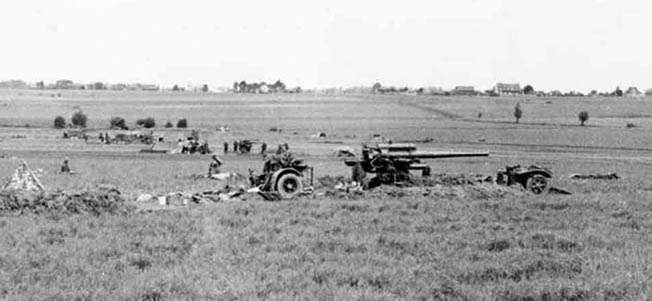
Rommel’s quick work to stabilize the situation blunted the advance of Lt. Col. H.M. Heyland’s 7th Royal Tank Regiment. Unfortunately for the British tank crews, their radios were malfunctioning, and therefore tank leaders had to convey orders in an exposed position with hand signals. Because of this, Heyland was killed leading the assault.
To Rommel’s right, Lt. Col. J.G. Fitzmaurice’s 4th Royal Tank Regiment had burst through a thin line of antitank weapons deployed by the German 6th Rifle Regiment. “The antitank guns … were put out of action by gunfire, together with their crews, and then overrun by the enemy tanks,” said Rommel. Additionally, many of the vehicles of the two rifle regiments were “burnt out” by the tanks, according to Rommel.
The 6th Rifle Regiment’s forward position at the village of Agny was pierced, and although the majority of the tanks were stopped at the next concentration of villages to the east, which included Mercatel and Neuville, a few doughty British tankers made it as far as Wancourt. What finally broke the back of the British attack was the use of divisional artillery and the dreaded 88mm antiaircraft guns in a tank-buster role. Rommel lost approximately 400 men, which was four times what he lost during the breakthrough into France. The British lost two-thirds of their armor, a loss they could ill afford.
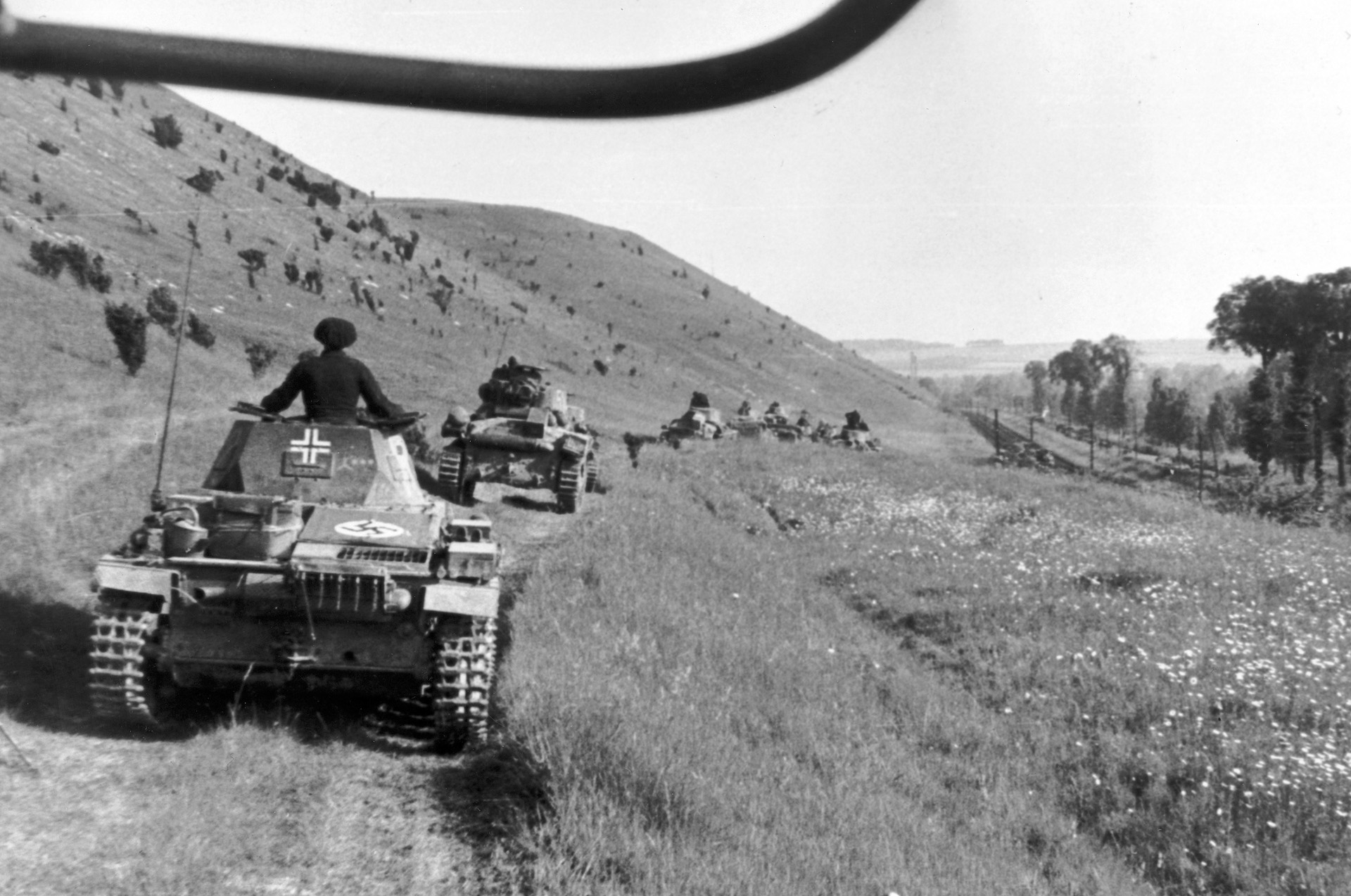
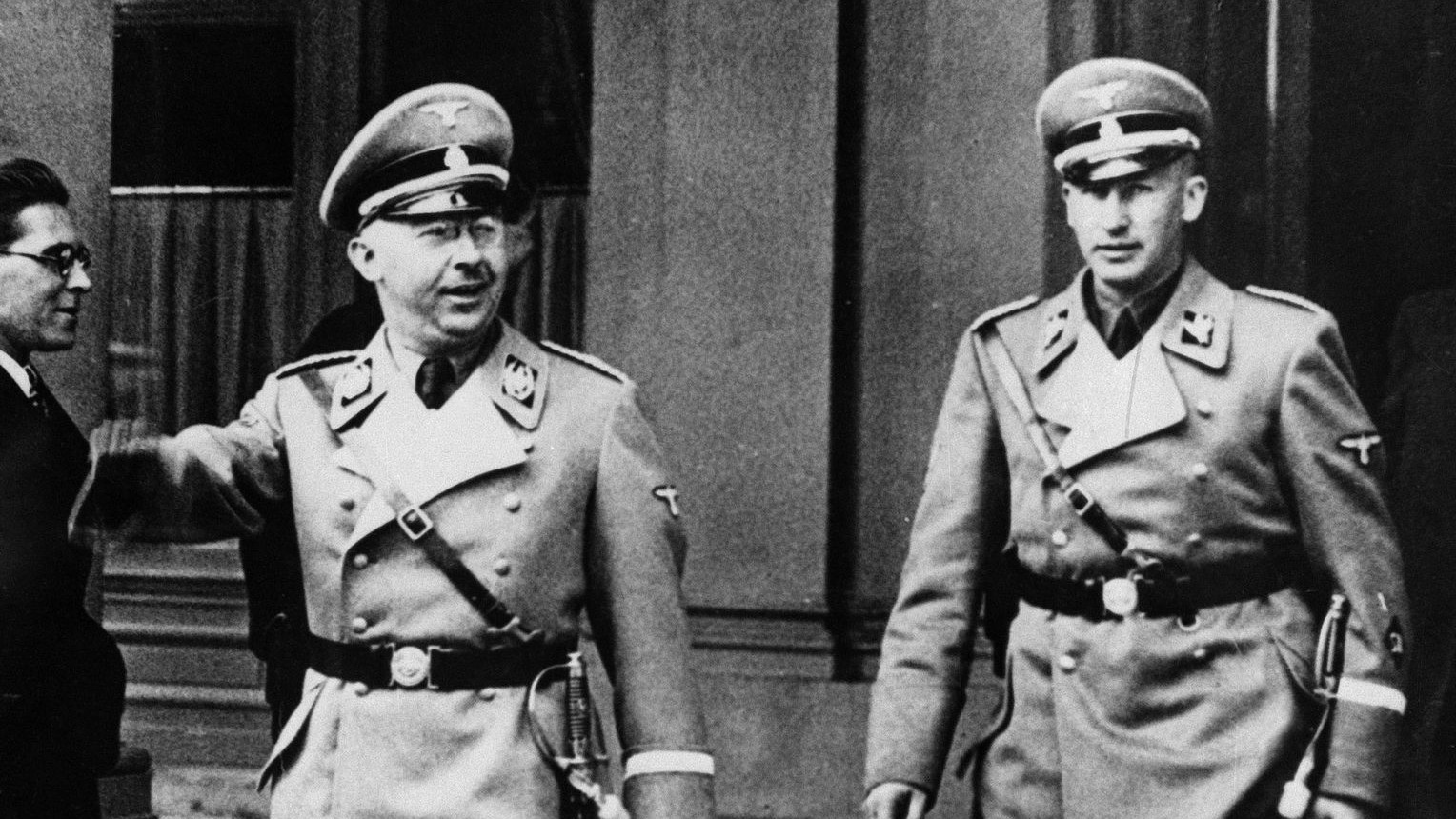

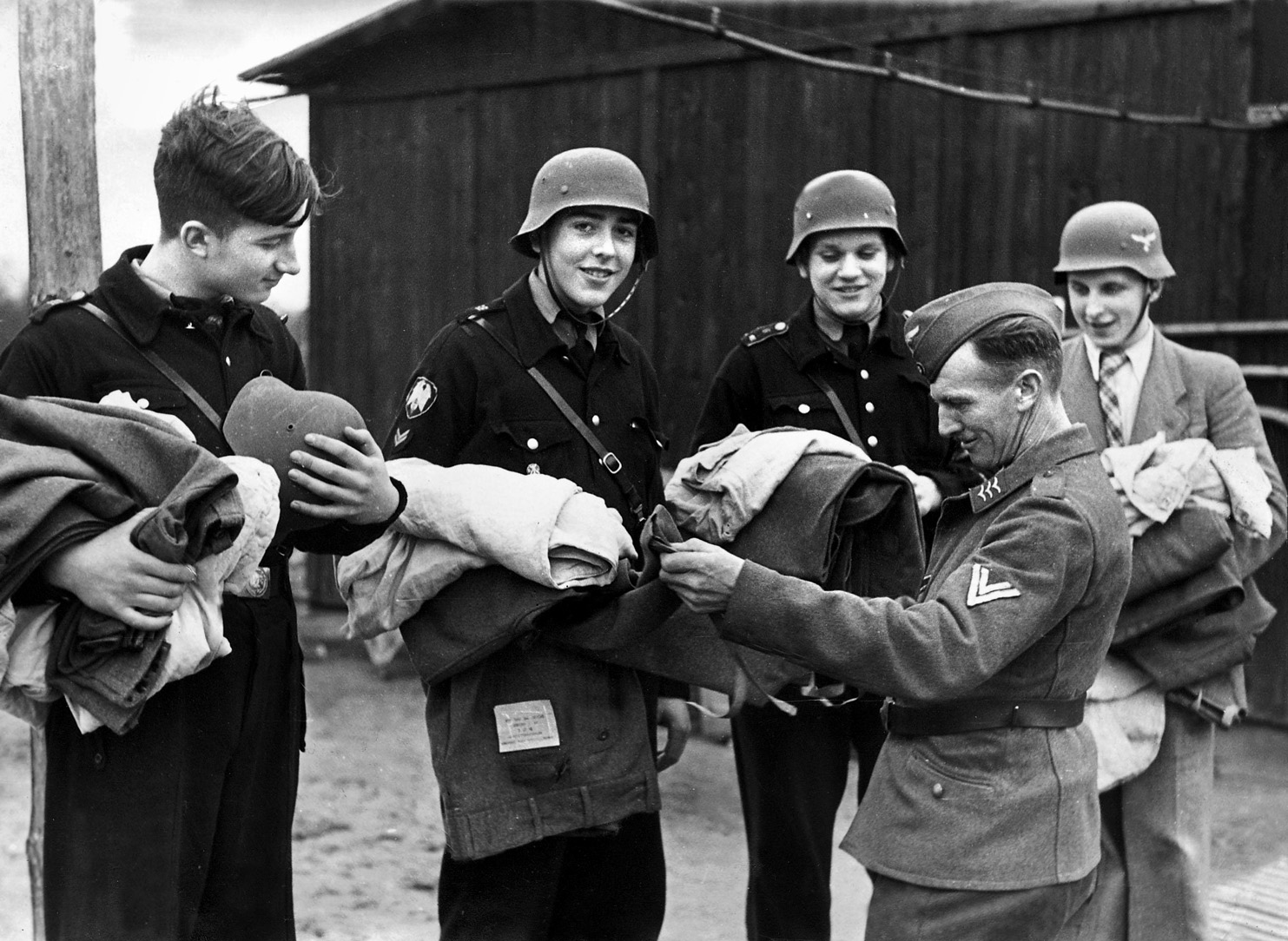
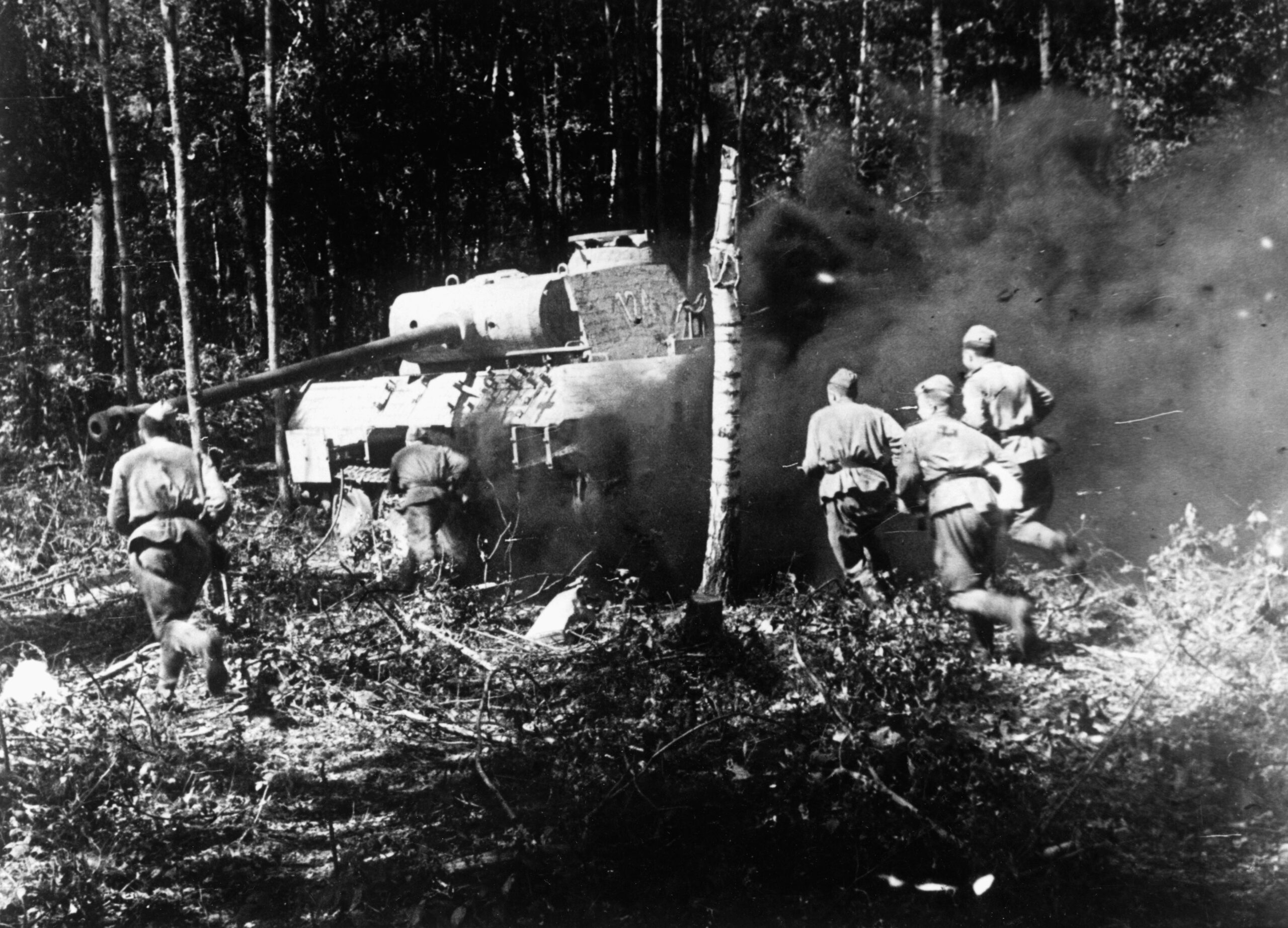
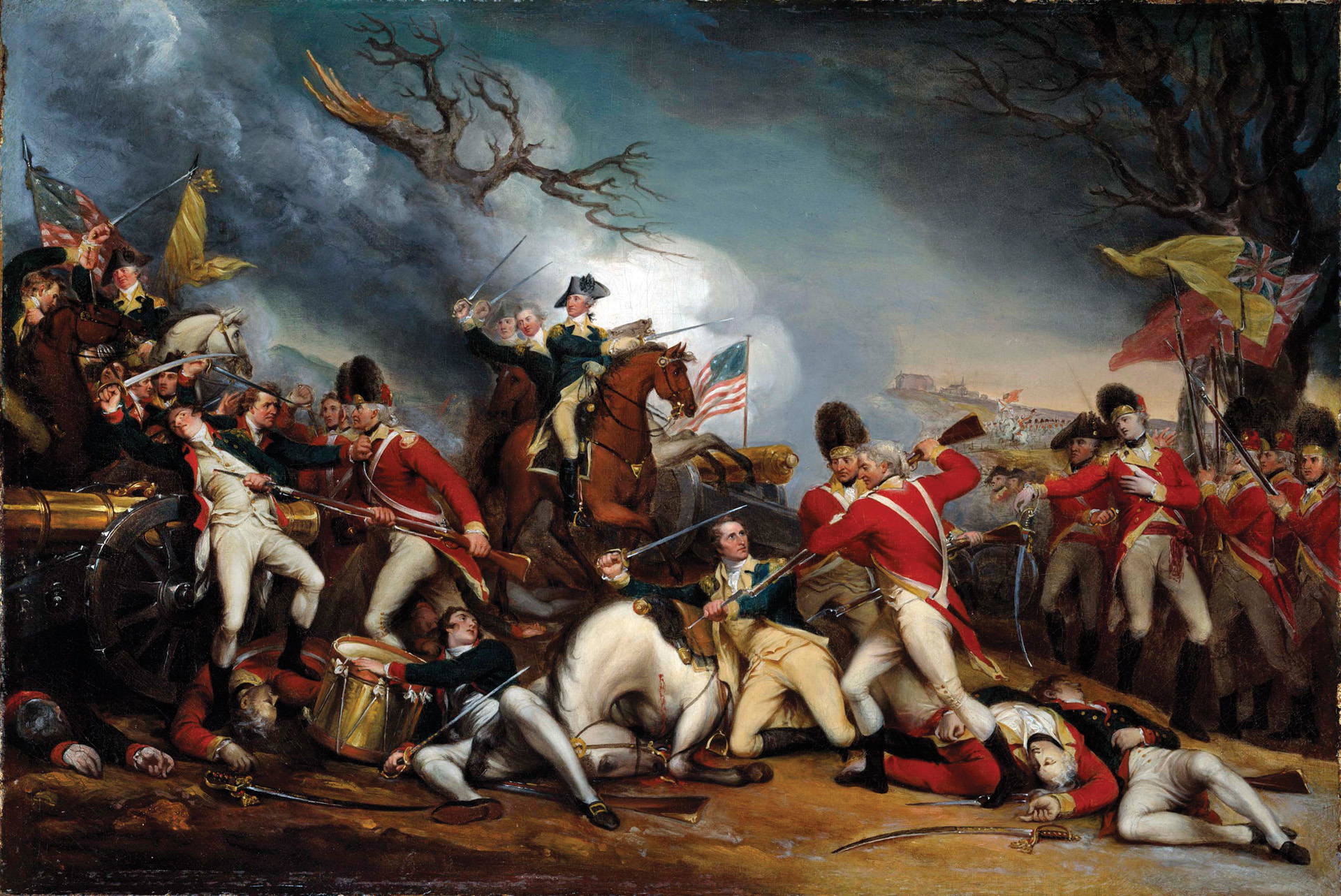
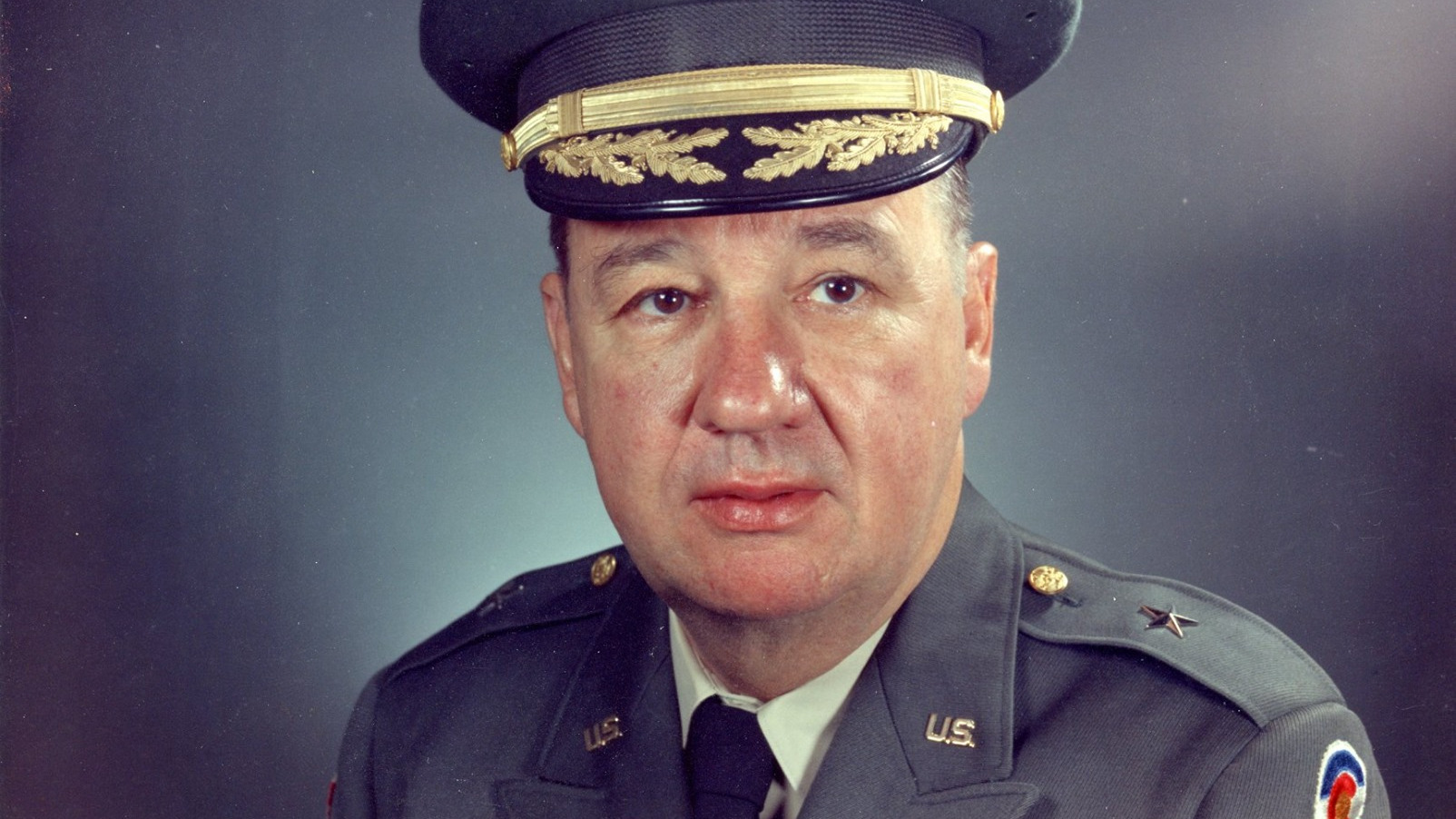


Join The Conversation
Comments
View All Comments